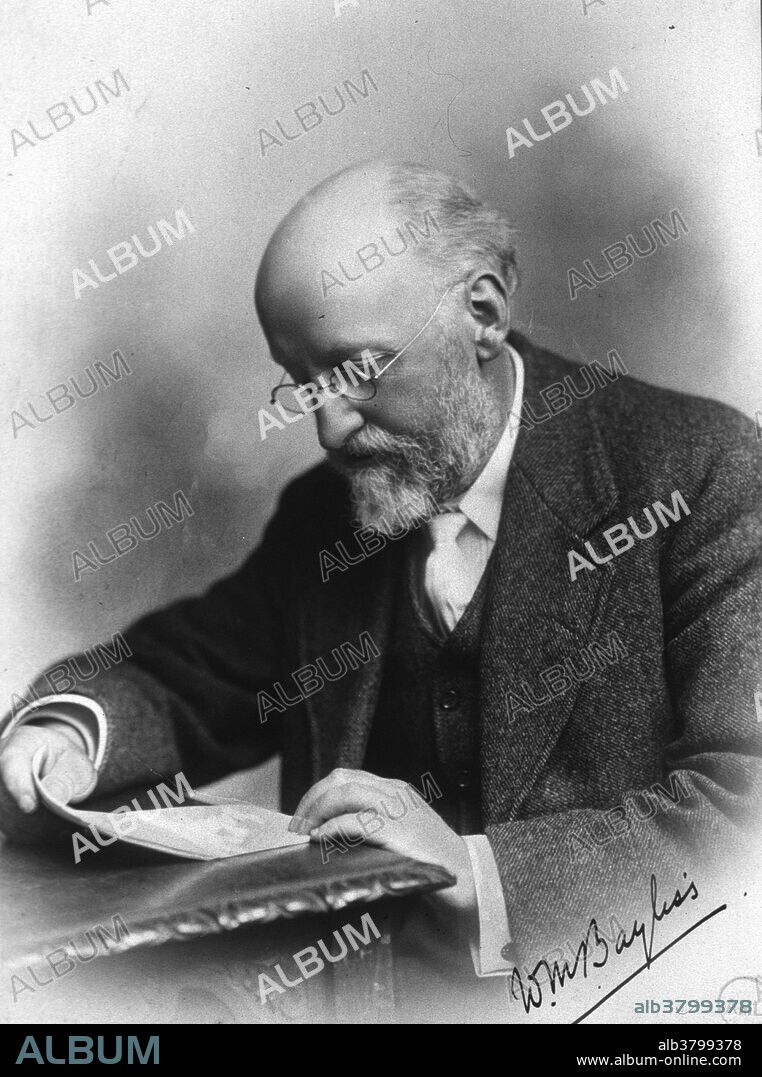alb3799378
William Bayliss, English Physiologist

|
Ajouter à une autre Lightbox |
|
Ajouter à une autre Lightbox |



Avez-vous déjà un compte? S'identifier
Vous n'avez pas de compte ? S'inscrire
Acheter cette image

Titre:
William Bayliss, English Physiologist
Légende:
Voir la traduction automatique
William Maddock Bayliss (1860-1924) was an English physiologist. Bayliss and Ernest Henry Starling discovered the peptide hormone secretin and peristalsis of the intestines. The Bayliss Effect is named after him. He was also involved in the Brown Dog affair. In 1903, while at the Department of Physiology at University College London, Bayliss had performed illegal dissection before an audience of 60 medical students on a brown terrier dog. According to Bayliss the animal was properly anesthetized. Swedish activist and anti-vivsectionist claimed the animal was conscious and struggling. The procedure was condemned as cruel and unlawful by the National Anti-Vivisection Society. Bayliss, whose research on dogs led to the discovery of hormones, was outraged by the assault on his reputation. He sued for libel and won.
Personnalités:
Crédit:
Album / NLM/Science Source
Autorisations:
Modèle: Non - Propriété: Non
Questions sur les droits?
Questions sur les droits?
Taille de l'image:
2700 x 3628 px | 28.0 MB
Taille d'impression:
22.9 x 30.7 cm | 9.0 x 12.1 in (300 dpi)
Mots clés:
AUTOPSIE • BAYLISS • CÉLÈBRE • CELEBRITE • DISSECTION • EUROPÉEN • HOMME • PERSONNAGES • PERSONNALITÉS • PERSONNE • PHYSIOLOGIE • PORTAIT • PORTRAIT • POTRAIT • VIVISECTION • XXE SIECLE
 Pinterest
Pinterest Twitter
Twitter Facebook
Facebook Copier le lien
Copier le lien Email
Email
